expansion-joint-testing
The spring rate is equal to the spring rate of both flow bellows plus the spring rate of the balancing bellows.
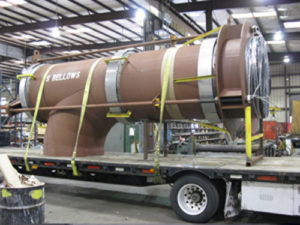
When cycle testing, the length of stroke is from neutral position to the compressed movement and back to neutral position of the expansion joint.
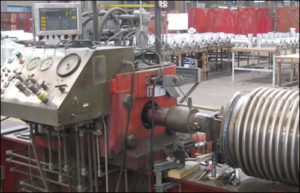
Regarding the operating temperature, we design metal pipe expansion joints up to 2000° F with refractory and 1000° F to 1500° F without refractory.

We do not air test fabric expansion joints; all welds are liquid penetrant tested.
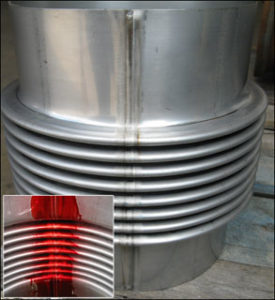
We perform EJMA calculations.

Dye-penetrant tests should be performed in order to check the integrity of the welds. At U.S. Bellows, all bellows undergo a dye-penetrant examination before being shipped to the customer.

No, it is the total of the spring rates of all three bellows.
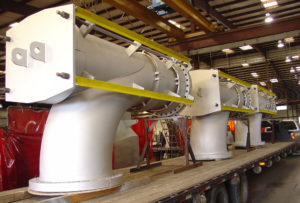
At U.S. Bellows, we perform a variety of tests:
- Burst Testing – The objective of the burst test is to determine the ultimate pressure resistance. Primarily conducted on bellows. Normally, hydraulic pressure is slowly increased until failure occurs.
- Dye Penetration Testing – Liquid dye is used to locate leaks or cracks in the bellows.
- Hydro Testing – Bellows are pressurized for 30 minutes to locate leaks or cracks.
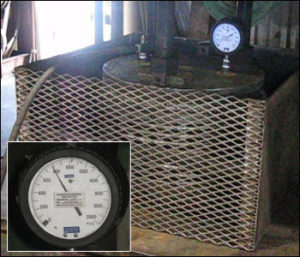
Burst Testing
Expansion joints are maintenance-free. They can only be tested if the expansion joint is supplied with 2-ply testable bellows using vacuum or air pressure testing.
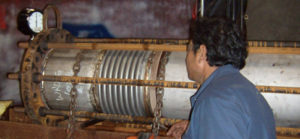
Cracks on a fatigue testing machine are detected by the loss of internal pressure that is shown pressure gauge on the machine.

For pneumatic testing, air is used as the medium for testing and for helium testing they use helium, and the cost for helium is much higher.
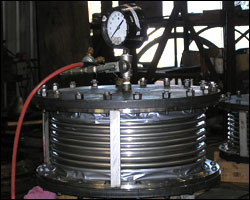
A burst test is performed under controlled conditions and pressure is applied over a period of one to two hours using the necessary safety precautions for all personnel involved.

Blotting on a dye-penetrant test typically indicates a crack in the weld. Therefore, the crack would be repaired and the test performed once again.

The bellows is placed on a test machine and allowed to cycle continually until the bellows fail.


